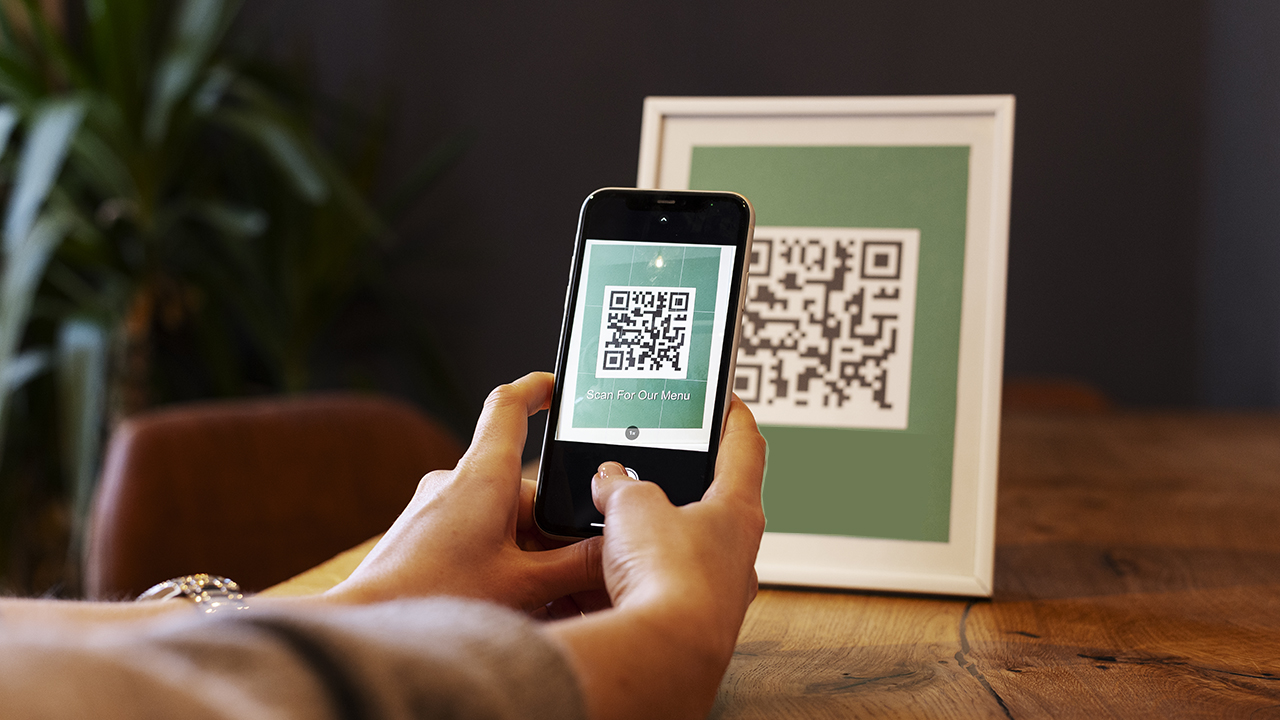The Psychology of Giving: Encourage Generosity
Generosity is more than a transaction—it’s a deeply personal expression of faith and values. Understanding the psychology behind giving can help churches foster a culture of generosity. With the right digital tools, churches can align giving experiences with these motivations, making it easier and more meaningful for people to support ministry.
Understanding Why People Give
People give for a variety of reasons, including:
- Emotional Connection: Feeling moved by a story or mission
- Reciprocity: Wanting to give back to a community that has given to them
- Social Influence: Seeing others give and being inspired to follow
- Purpose and Impact: Believing their gift will make a tangible difference
- Faith-Based Conviction: Feeling called to tithe or support ministry work
Effective digital giving tools are designed to tap into these motivations.
How Digital Tools Support Generosity
1. Ease and Convenience
One of the biggest barriers to giving is inconvenience. Digital tools eliminate this with options like:
- One-click giving
- Recurring donation setup
- Text-to-give and mobile apps
- QR codes during services
The less friction in the process, the more likely people are to follow through on the impulse to give.
2. Visual Impact Reporting
Donors want to know their gifts matter. Tools that share outcomes—like impact meters, story videos, or thank-you messages—reinforce that giving has results. This emotional feedback loop encourages repeated generosity.
3. Personalization
Personalized giving pages, donor recognition, and tailored thank-you notes make contributors feel seen. Many platforms let you segment communication and track individual giving habits for more meaningful engagement.
4. Social Proof and Momentum
Some platforms showcase recent donations (anonymously or with permission), encouraging others to join in. This taps into the natural human tendency to follow group behavior.
5. Gamification
Challenges, goals, and matching campaigns add an element of motivation. People often respond to progress bars, countdowns, and community-driven goals because they create a shared sense of accomplishment.
Aligning Messaging with Psychology
Your giving appeals should reflect the motivations behind generosity:
- Tell stories of changed lives.
- Highlight collective impact.
- Use language that reinforces belonging and shared mission.
- Emphasize ease and flexibility.
Make sure the message of giving is always rooted in your church’s mission—not just meeting budget goals.
Encouraging Recurring Giving
Recurring giving is one of the most effective ways to stabilize church finances. To encourage it:
- Offer an easy setup process
- Communicate the long-term impact
- Thank recurring givers regularly
- Celebrate milestones and collective goals
Removing Psychological Barriers
Digital giving also helps overcome common mental blocks:
- Forgetfulness: Automated reminders or recurring setups solve this.
- Security Concerns: Reputable platforms with encryption build trust.
- Lack of Clarity: Clear instructions and transparency around fund use address hesitation.
Conclusion
The psychology of giving isn’t just theory—it’s a practical lens through which to design your church’s digital giving strategy. When churches align digital tools with the emotional and social drivers of generosity, they create more meaningful, motivating experiences for donors. It’s not about pushing people to give—it’s about creating a space where generosity feels natural, joyful, and connected to purpose.
editor's pick
News via Inbox
Stay ahead in the fast-evolving world of church technology with our Newsletter! By subscribing, you will gain access to a wealth of information and resources designed to keep you informed and empowered.






